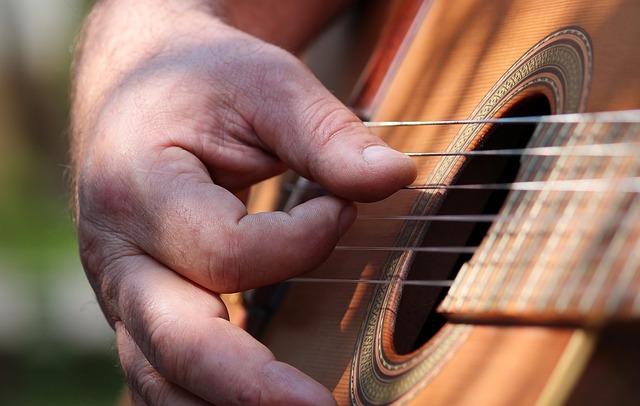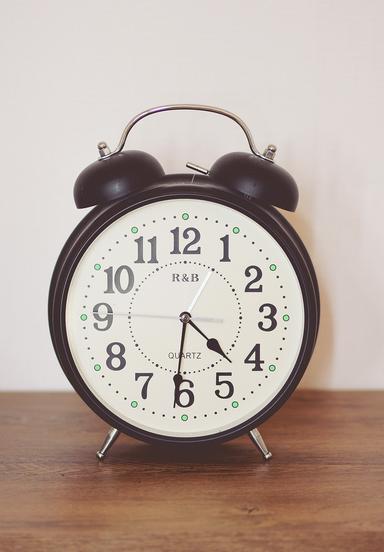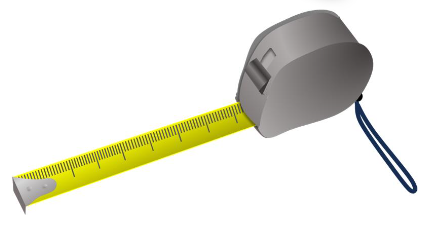Distance from sounds: do and review
I can carry out and evaluate a fair test investigation about the volume of sounds.
Distance from sounds: do and review
I can carry out and evaluate a fair test investigation about the volume of sounds.
These resources will be removed by end of Summer Term 2025.
Switch to our new teaching resources now - designed by teachers and leading subject experts, and tested in classrooms.
These resources were created for remote use during the pandemic and are not designed for classroom teaching.
Lesson details
Key learning points
- Scientists often record data from observations and measurements in tables.
- The volume of a sound depends on the distance from the sound source.
- The greater the distance from the sound source, the quieter the sound.
- Scientists often evaluate a completed investigation and suggest improvements.
Keywords
Sound source - An object that vibrates to make a sound is called a sound source.
Volume - The volume of a sound is how loud or quiet the sound is.
Fair test - A fair test investigation is when only one thing is changed and another is measured. All other things are kept the same.
Evaluate - To evaluate is to think about what you did and suggest any changes or improvements.
Common misconception
Children may think that the volume of sounds are the same no matter how far away from them you are.
Children will carry out a fair test investigation to find out for themselves how the volume of a sound decreases with distance from the sound source.
To help you plan your year 4 science lesson on: Distance from sounds: do and review, download all teaching resources for free and adapt to suit your pupils' needs...
To help you plan your year 4 science lesson on: Distance from sounds: do and review, download all teaching resources for free and adapt to suit your pupils' needs.
The starter quiz will activate and check your pupils' prior knowledge, with versions available both with and without answers in PDF format.
We use learning cycles to break down learning into key concepts or ideas linked to the learning outcome. Each learning cycle features explanations with checks for understanding and practice tasks with feedback. All of this is found in our slide decks, ready for you to download and edit. The practice tasks are also available as printable worksheets and some lessons have additional materials with extra material you might need for teaching the lesson.
The assessment exit quiz will test your pupils' understanding of the key learning points.
Our video is a tool for planning, showing how other teachers might teach the lesson, offering helpful tips, modelled explanations and inspiration for your own delivery in the classroom. Plus, you can set it as homework or revision for pupils and keep their learning on track by sharing an online pupil version of this lesson.
Explore more key stage 2 science lessons from the Introduction to sound unit, dive into the full secondary science curriculum, or learn more about lesson planning.

Equipment
Access to sound sources, metre rulers/tape measures and data loggers with sound sensor/sound meters.
Content guidance
- Risk assessment required - equipment
- Exploration of objects
Supervision
Adult supervision required
Licence
Starter quiz
6 Questions



Exit quiz
6 Questions






